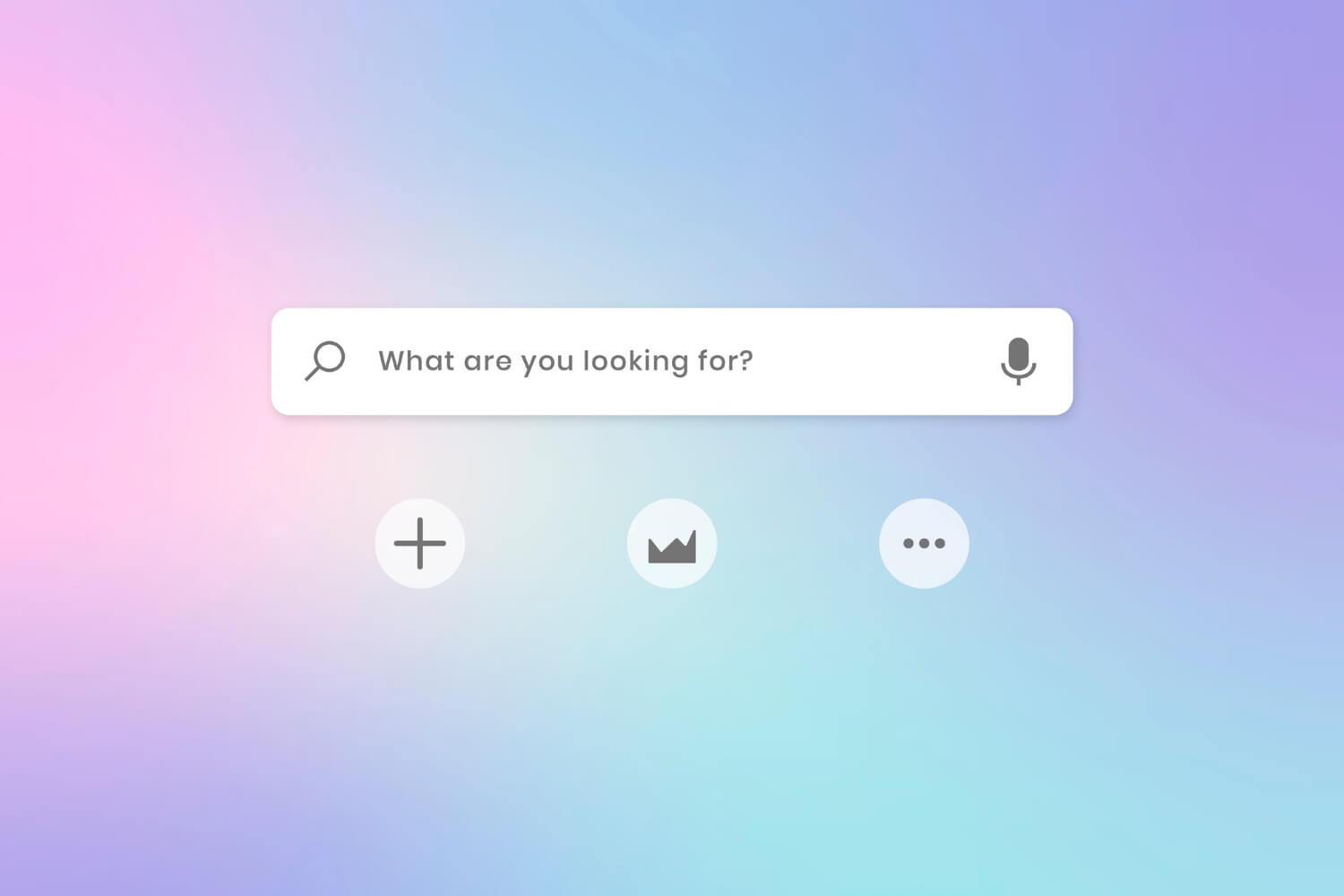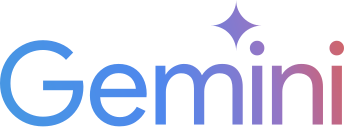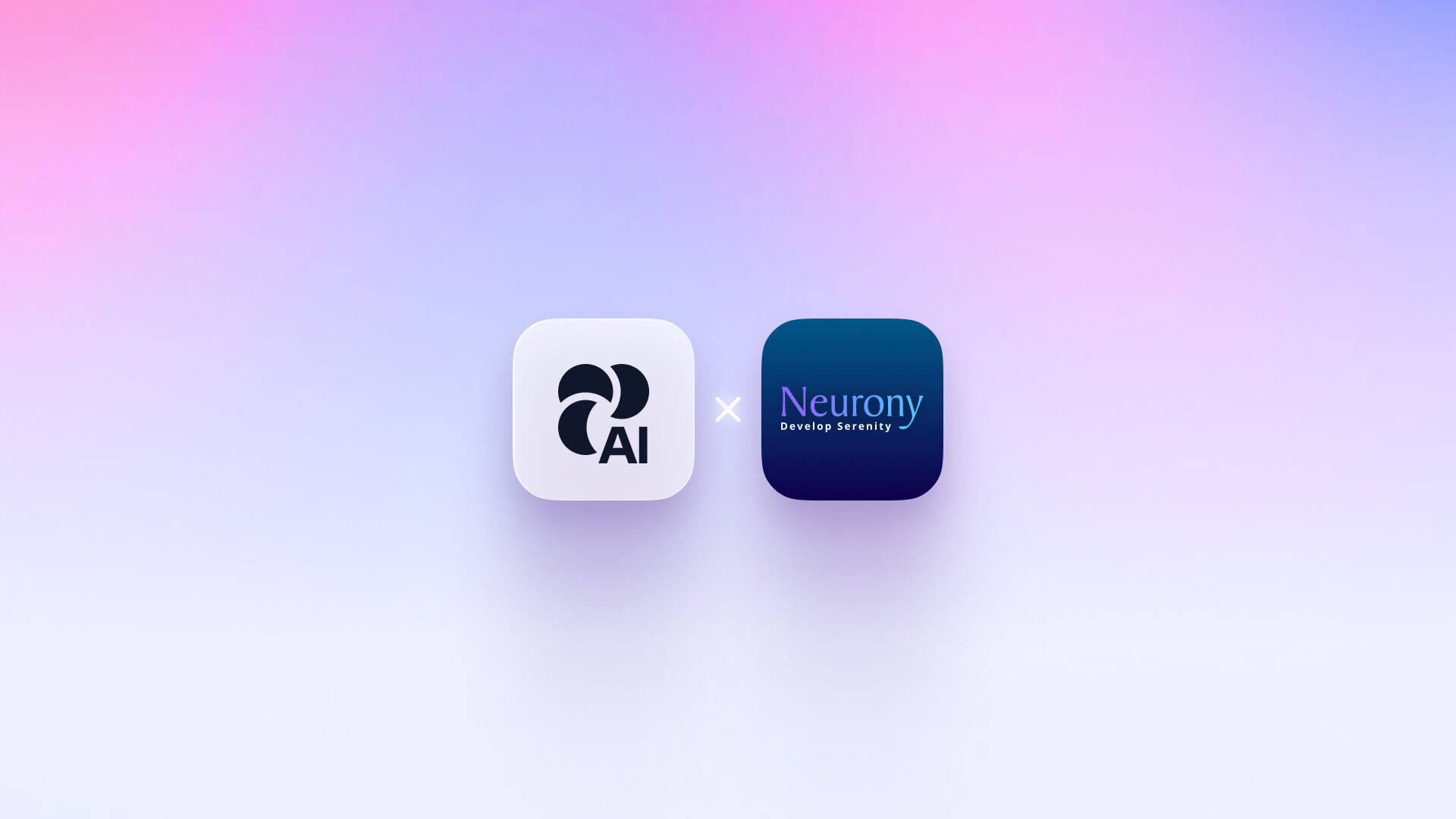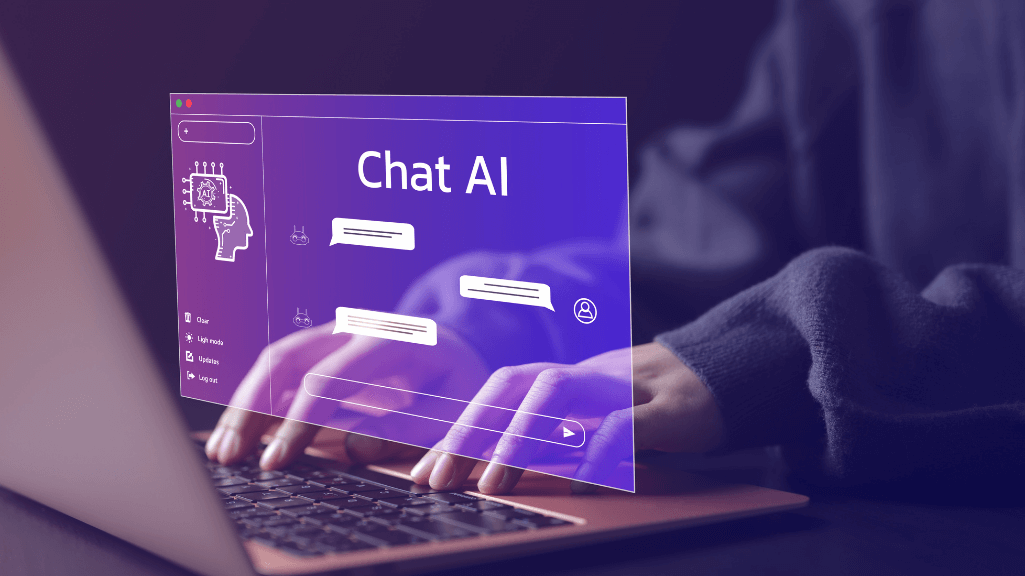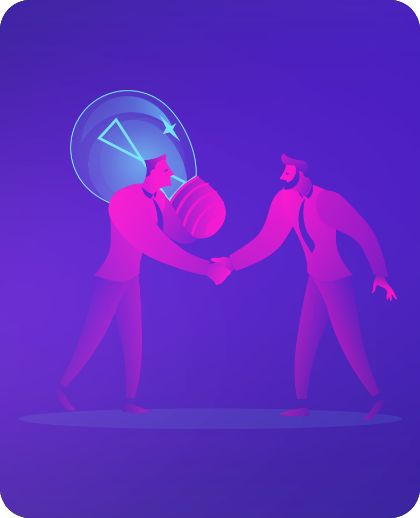Monday.com reported strong Q2 earnings, beating revenue expectations by 27%. They serve over 180,000 customers and have $700M in annual recurring revenue.
Yet their stock dropped 30% following the announcement.
The reason wasn’t poor performance. It was a fundamental shift in how customers discover solutions online. Google’s AI Overviews have changed search behavior, and Monday.com’s CMO publicly acknowledged they’re “reallocating resources” away from their SEO-focused strategy.
This isn’t just a Monday.com problem. It’s a signal that customer discovery is evolving, and businesses need to understand what’s changing.
Understanding the Shift in Search Behavior
The data shows a clear pattern: AI Overviews now appear in approximately 47% of searches. When they do, user behavior changes significantly. Click-through rates have dropped from roughly 3% to less than 1% for many content types.
Cloudflare’s CEO shared a striking comparison: previously, 2 Google impressions typically generated 1 visitor. Currently, that ratio is closer to 18 impressions for a single visit.
What this means: Users are getting answers directly on the search results page more often, reducing the need to click through to individual websites.
Monday.com’s CFO noted they’re “seeing some softness within the down market due to changes in the Google algorithm.” Market analysts interpreted this as a shift away from organic, SEO-driven customer acquisition.
The Broader Pattern We’re Seeing
While organic traffic is declining for many businesses, Google’s advertising revenue grew 10.4% year-over-year in Q2 2025, with Alphabet’s overall revenue up 14%.
This suggests a structural shift: the system that previously rewarded quality content with organic visibility is increasingly directing attention toward paid placement.
But there’s another trend worth noting: User behavior is changing beyond just Google. Business decision-makers are increasingly using AI assistants for research and vendor comparison, asking detailed questions and getting comprehensive answers without visiting multiple websites.
For example, instead of searching “best project management tools,” a user might ask an AI system: “Compare project management solutions for a 50-person remote team with specific integration requirements.”
If your solution isn’t included in those AI-generated comparisons, you’re missing an important discovery channel.
Why This Matters for Customer Acquisition

The traditional customer journey (awareness, consideration, evaluation, purchase) hasn’t disappeared, but how customers move through it has changed significantly.
Discovery Is Happening Differently via AI Overviews
Fewer prospects are starting their journey by reading blog posts, downloading whitepapers, or browsing comparison sites. Instead, many are using AI systems to research and evaluate options simultaneously.
This compresses the traditional funnel and changes which touchpoints matter most.
Competitive Differentiation Requires New Approaches
In the past, businesses could differentiate by ranking for specific long-tail keywords. That created a defensible channel for customer acquisition.
Today, search is more conversational and contextual. Users aren’t typing “best CRM for Romanian startups.” They’re describing their specific situation in detail and expecting relevant recommendations.
If your product information isn’t structured in a way that AI systems can parse and understand, you may not appear in these contextual recommendations, regardless of how well you previously ranked for keywords.
Forecasting Models Need Adjustment
Revenue forecasts built on historical organic traffic patterns may need recalibration. When the discovery mechanism itself changes, historical data becomes less predictive of future performance.
What This Means for Strategy
The businesses adapting successfully to this shift aren’t abandoning SEO. They’re evolving how they think about visibility and discovery.
Before diving into AI-first content strategies, ensure you have a solid foundation. A comprehensive AI integration strategy helps you prioritize which changes will have the most impact on your business.
Optimize for AI-Assisted Discovery
Traditional SEO focused on human readers and search engine crawlers. Now you need to consider how AI overviews interpret and present your information.
This means:
- Structuring product information clearly and consistently
- Providing quantifiable differentiators that AI systems can compare
- Ensuring your technical documentation and integrations are well-documented
- Using structured data formats that machines can easily parse
Focus on What Humans Do Best
AI can handle research, comparison, and initial screening efficiently. This frees your team to focus on high-value human interactions: nuanced consultation, strategic guidance, and relationship building.
Rather than educating prospects from scratch, your team can engage when prospects are already informed and ready for detailed conversation.
Build Multi-Channel Visibility
Relying exclusively on organic search was always risky. Now it’s essential to diversify how customers can discover you:
- Partner with AI platforms and ecosystems
- Invest in channels where you can build direct relationships
- Create content that AI systems reference and cite
- Develop integrations that make your solution more discoverable through multiple pathways
Make Your Value Measurable
Subjective claims (“best-in-class,” “industry-leading”) don’t translate well in an AI-mediated world. AI systems favor quantifiable, verifiable information they can compare objectively.
Clear metrics, specific use cases, and documented outcomes help AI systems understand and recommend your solution appropriately.
The Practical Reality
Monday.com’s situation demonstrates that strong products and solid execution aren’t sufficient if your growth model depends on customer behavior that’s shifting significantly.
This doesn’t mean their business is failing. They’re still a successful company with strong fundamentals. But it does mean their growth engine needs adaptation.
For Romanian businesses, this is worth paying attention to. The shifts happening in global markets typically reach local markets as well, even if with some delay.
What We Recommend
Rather than viewing this as a crisis, consider it an evolution. SEO isn’t dead, but it’s changing. Customer acquisition isn’t impossible, but it requires updated approaches.
Start by:
- Auditing your current traffic sources – Understand where your customers actually find you now, not where they found you two years ago
- Reviewing your product information architecture – Is it structured for AI interpretation, or just human readers?
- Testing AI-first content strategies – Create content that AI systems can easily reference and cite
- Diversifying discovery channels – Don’t rely on a single mechanism for customer acquisition
The companies that adapt their strategies to include AI-assisted discovery alongside traditional channels will be better positioned for sustainable growth.
Looking Forward
This shift isn’t unique to Monday.com or even to SaaS companies. It’s part of a broader evolution in how information is discovered and decisions are made.
The businesses that recognize this early and adjust their go-to-market strategies accordingly will have an advantage over those who wait for clearer signals.
The question isn’t whether to adapt, but how quickly to begin.
